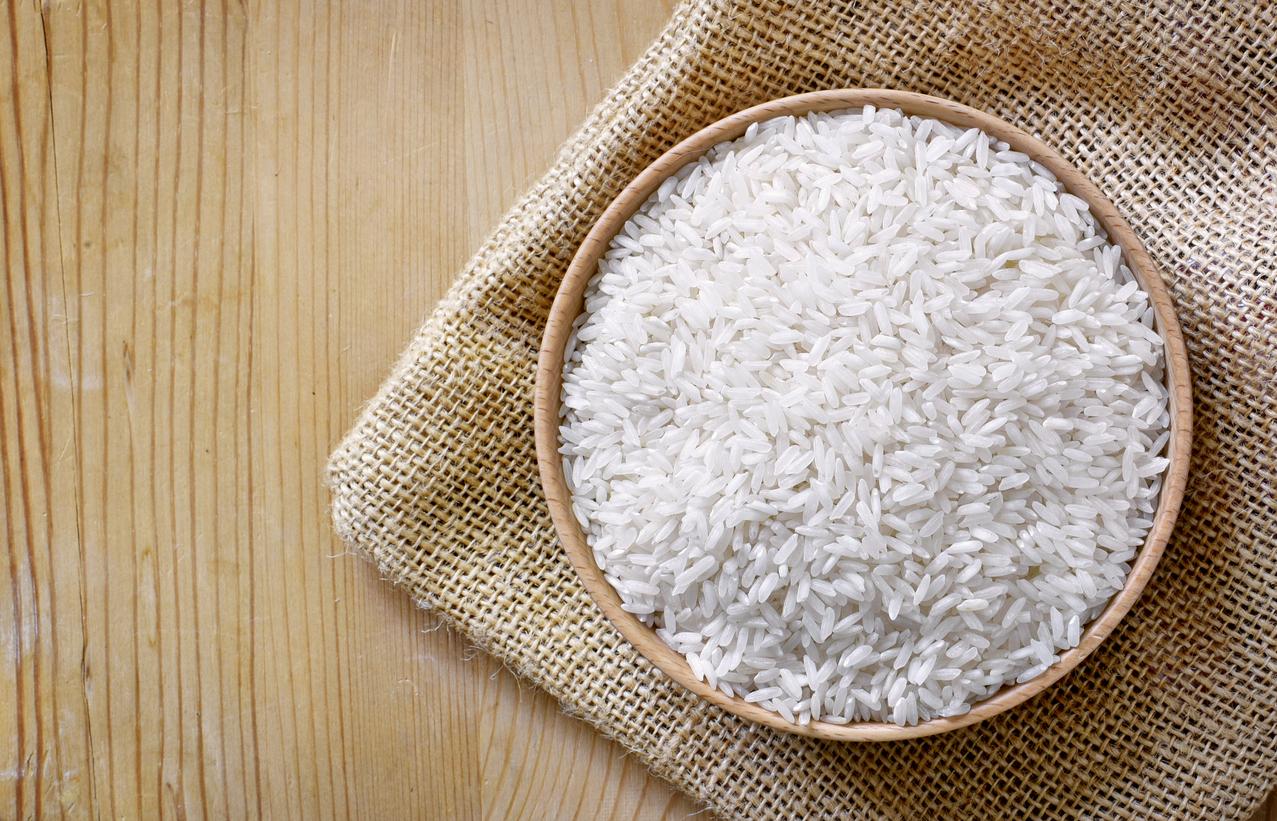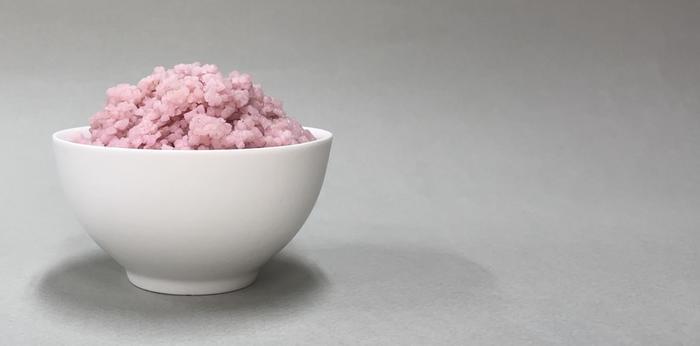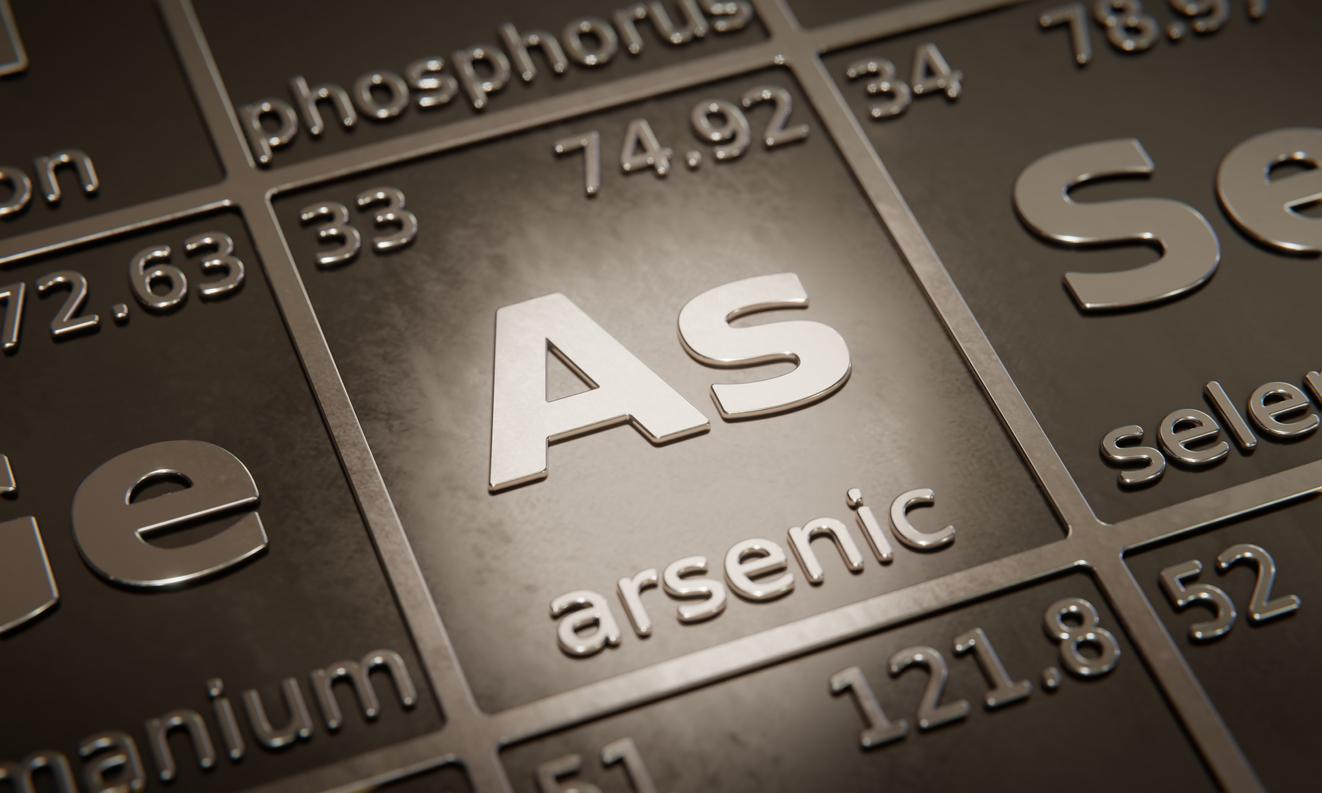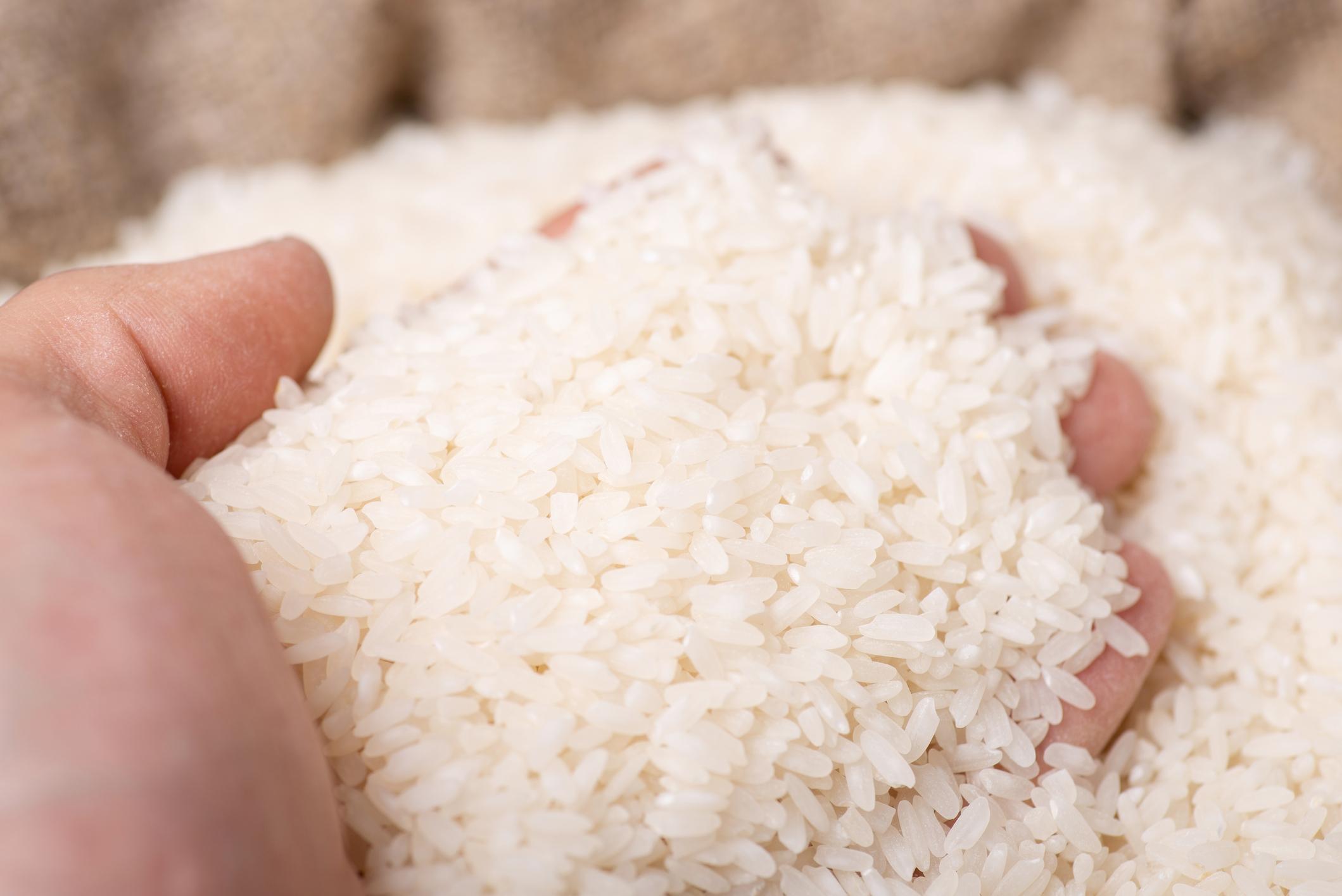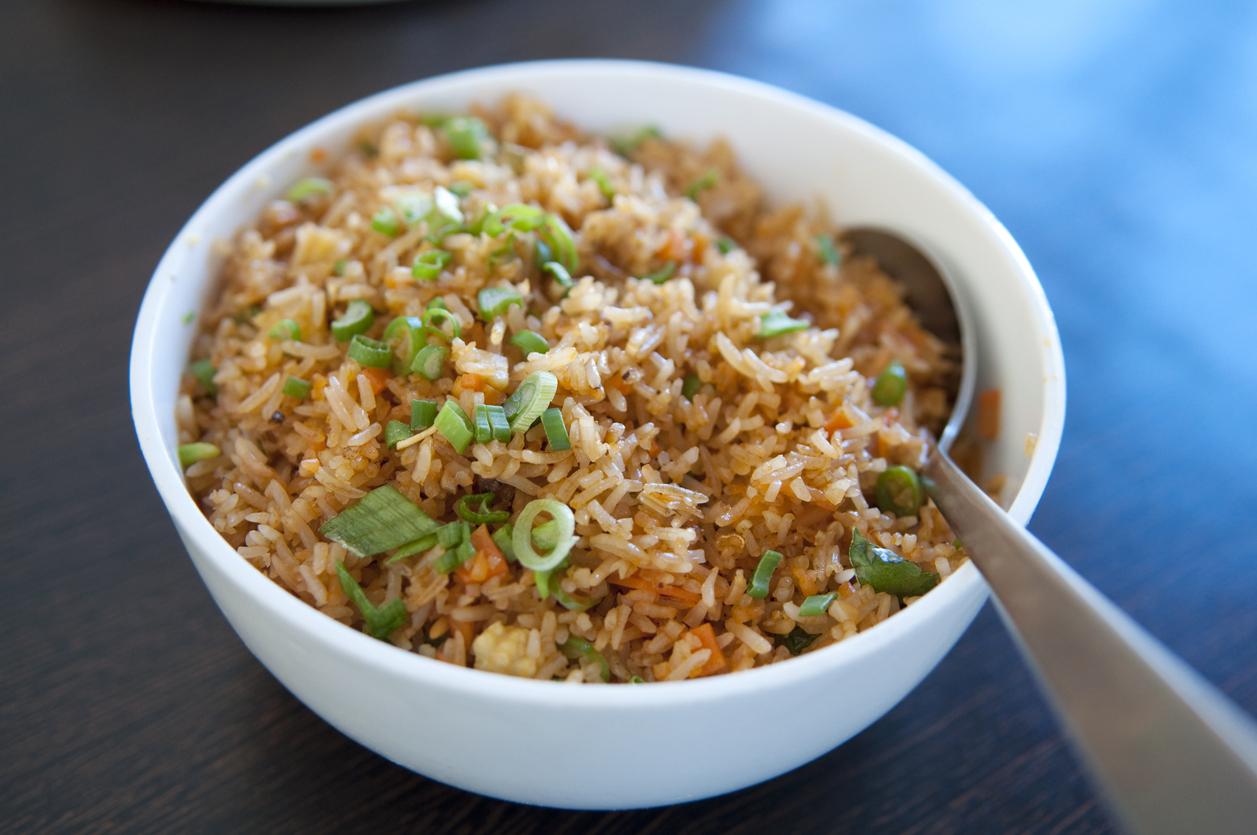Rice often contains traces of arsenic. To reduce its toxicity, researchers have developed a trick, which they describe in a study.

To eat rice is to absorb a little poison. Arsenic, in inorganic form, is naturally present in this food at high and toxic levels – so much so that some countries have issued consumption restrictions, especially for children.
Ten times greater quantities
The presence of arsenic in rice is explained by the contamination of the water used to irrigate the rice fields. Indeed, arsenic, a natural element in the earth’s crust, is widely present in the environment, whether in the air, water or land. Rice, the only crop resistant to flooding, is mostly (90%) cultivated by submersion.
As such, more than any other food, it is impregnated with arsenic. On average, it presents amounts ten times greater than other foods, exposing consumers to serious health risks – skin lesions, skin and lung cancer, neurological and cardiovascular disorders … These high levels are noted on all rice through the world, complete as well as refined.
However, rice is one of the most consumed foods in developing countries, and particularly in Asia. To reduce the amounts of arsenic, researchers at Queen’s University in Belfast (Northern Ireland) have developed a trick, which they described in a study published in the journal PLOS One.
Coffee machine
Thus, it would suffice to cook the rice in a percolator so that it has acceptable levels of arsenic. This machine, which was originally used to prepare coffee, would reduce the levels of the toxic substance by 85%, thanks to its cooking method, by which boiling water passes through the rice in a constant flow.
A very simple method, which could offer an immediate solution to consuming populations. Researchers are developing a machine to cook rice, modeled on the principle of percolation.
.









